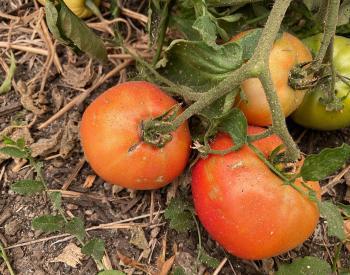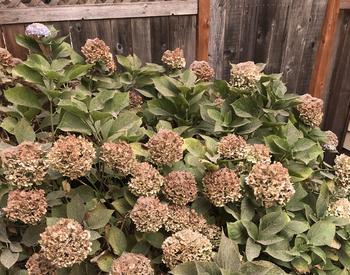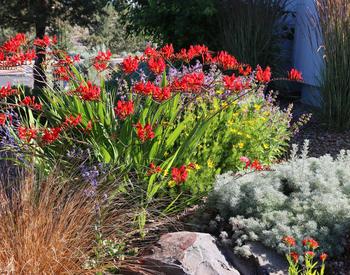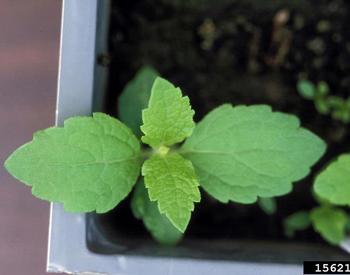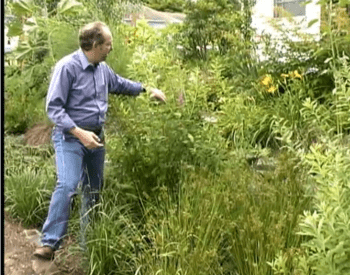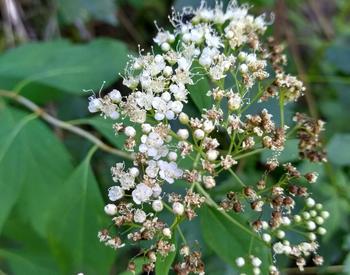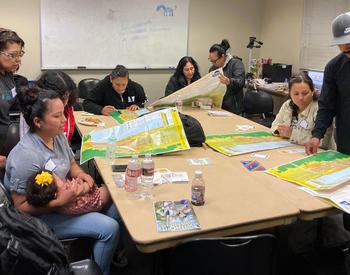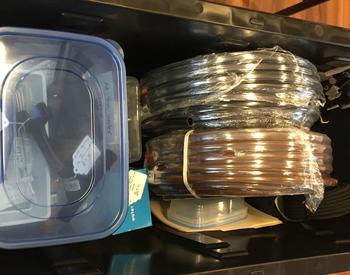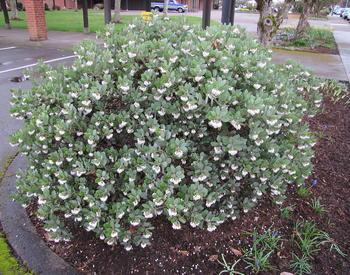We have a lot of smoke in our area, is it safe to eat produce that has been affected by wildfires?
First and foremost, stay safe when gardening in an area that is experiencing smoke and ash from wildfires. Avoid gardening and other outdoor activities when air quality ratings are in unsafe ranges. Wildfires produce a lot of particulate matter and large pieces of ash (gray gritty material) that can be moved long distances and be a health hazard. You can get an estimate of your area's air quality here: AirNow.gov
Once the air quality has reached safe levels to be outdoors, then you'll want to assess your garden. Until we get our fall rains you may see a lot of ash on garden surfaces including your plants. Many folks in our urban areas may see only a thin layer of ash, but if you live closer to the wildfire or where the wind was depositing ash there may be heavier amounts. Use your best judgment and avoid creating clouds of ash that you might accidentally breathe in.
Don't use a leaf blower to clean plants or your garden; just a gentle spray of water from a hose will work and try to move the ash into ornamental landscaped areas like turf grass or shrubs rather than areas growing edible plants. Wear a face covering at a minimum while doing this, wash your hands afterwards, and avoid tracking ash into your house on your shoes or clothes.
Now getting to your question about safety of garden produce after a wildfire: The produce was exposed to smoke and may have ash on it. The smoke and ash won't be able to necessarily penetrate deep into the fruit or vegetable and so rinsing well should remove any residues. Rinse the produce off outside (with a hose or watering can) and then give a second or third rinse in the sink indoors. Peeling (for example removing apple or tomato skins) and removing the outer leaves of leafy greens will also reduce your risk. And wear a face covering as need, wash your hands after handling the produce, and avoid tracking ash into your house on your shoes or clothes.
Again, use your best judgment in all of this. If your garden has a heavy layer of ash, was located near a structure fire (which creates different toxins than a forest fire), or you are at all uncomfortable - when it doubt, throw it out (into the compost pile).
The University of California has a research-based publication on produce safety and wildfires that you might find useful. This publication also talks about soil testing and other things to think about before planting next year's garden. Note: this source recommends wearing an N95 mask but these are hard to find due to the current COVID-19 health situation needs.
Stay safe out there!


